How to use phacelia as a green manure, and what are its advantages?
It has long been known that most plants are multifunctional. But hardly anyone would have thought of using the outwardly attractive phacelia as a green manure to enrich the soil with useful substances. Nevertheless, this plant, capable of decorating any home plot in the process of its flowering, can be useful for this purpose as well. To understand the full validity of this idea, you need to figure out what siderateshow useful is phacelia in this role and how to use it to fertilize the earth.
How does phacelia contribute to a good harvest?
Scientists have noticed that the land depleted due to intensive use is capable of restoring fertility over time if it is not planted for several years. This is facilitated by various natural factors, including green manure - all kinds of self-sowing plants that bring nutrients to the soil.
Many plants belong to siderates, for example mustard, rye, oats, clover, lupine other. But using them in this capacity is not effective in every case, since the acidity of the soil that has changed after them may not be suitable for planted crops. Phacelia is universal in this respect, due to the fact that most of the plants cultivated in our area are not "related" to it.
In addition to the positive effect on the acidity, phacelia has other important benefits for increasing yields.
- Its decomposed green mass is a wonderful organic fertilizer, which is comparable in functionality to manure.
- As it grows, its root system loosens the soil to a depth of 20 cm, making it breathable.
- Various entomophages flock to its flowers - insects that eat garden pests, such as leafworm, aphid, moth and so on.
- The fungicides that it secretes protect cultivated plants from diseases (rot, late blight and others), and also prevent the reproduction of wireworms, nematodes and other parasites.
- The proximity to phacelia has a detrimental effect on some weeds, due to which they gradually disappear from the personal plot.
For many cultivated plants, the proximity to the phacelia is very beneficial. So, growing next to beans, phacelia promotes the binding of nitrogen molecules in the air, enriching the soil with nitrates. Another property that is beneficial to its neighboring plants is its ability to retain moisture in the ground. Due to its melliferous qualities, flowering phacelia attracts insects participating in pollination of crops grown on the site.
Advice
It is not worth planting plants belonging to the same family after the phacelia, since the composition of the soil will be inappropriate, and pests common to this family may remain in the ground.
When is it better to sow phacelia as a green manure?
There are many ways to use phacelia to improve yields. It all depends on what results you want to achieve. If you need to increase the fertility of the soil in a certain area, then for this this green manure is sown several times per season. Since the phacelia is frost-resistant, it can be sown even in early spring.
Due to the fact that its seeds are very small, it is better to mix them equally with dry sand for a more even distribution in the prepared soil. For one hundred square meters, about 200 g of planting material will be enough, which is best sowed in bulk, sealed to a depth of 2-3 cm using a rake.If there is not enough moisture in the soil, then it is advisable to water the planted area.
After about 1.5 months, the phacelia begins to bloom, and this is the most suitable time to mow it. The resulting biomass is mixed with the ground, digging up the site, but before that, it is advisable to water the cut grass with a special compound that improves the decomposition process.
Having leveled the dug up area, you can start adding the next batch of seeds to the soil. And when shoots appear and the plant reaches the flowering phase, all the above procedures must be repeated again. Thus, until late autumn it will be possible to complete 3-4 crop rotations, and by the spring of next year the soil in your garden will be quite suitable for growing vegetables and other useful crops.
Advice
If the phacelia is not mown in time, then its stems can become rough, which will slow down the decomposition process, and this will contribute to the development of harmful microorganisms in the semi-rotten biomass. In addition, the earth will be oversaturated with nitrates, and cultivated plants will "burn".
You can also sow phacelia immediately after harvest to restore nutrients to the soil. If you do not mow it for the winter, then the earth will not freeze, but in the spring it will be loose, and a lot of moisture will remain in it.
Another way to use phacelia for good yields is to plant seedlings in its thickets. To do this, holes are made right in the grass, into which the seedlings are placed. This will protect them from exposure to sunlight and wind, and the soil from drying out. In the case of root crops, the phacelia is best planted between rows.
Growing with them at the same time, it:
- will fertilize the soil and save moisture in it;
- will provide better air access to the roots;
- protect the plant from diseases and parasites;
- will not let the weeds grow.
Having considered the above facts, we can come to the conclusion that phacelia is a universal and irreplaceable green manure. Especially when you consider that this plant is completely unpretentious and grows even in clay, sandy and rocky soils. With its help, even the poorest soil can be made fertile. And using winter crops of phacelia, you can protect the land from wind and rain erosion, as well as from freezing.
It is impossible to overestimate the ability of this plant to loosen the soil, supply it with mineral and organic substances and retain moisture in it. The phytosanitary properties of phacelia make it even more attractive to gardeners who struggle with crop-spoiling microorganisms and insects. And if you add to these advantages of the phacelia, its ability to attract pollinators to the plantation in the process of its flowering, we can say with confidence that it will be possible to benefit from it almost all year round.
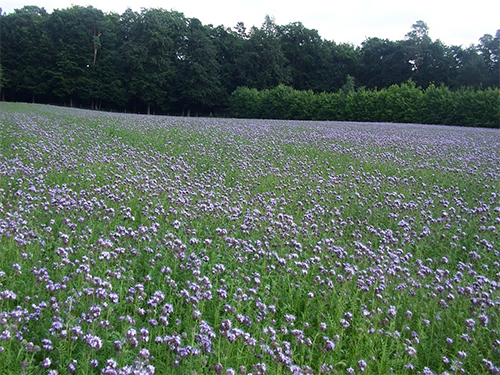
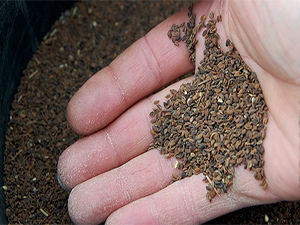
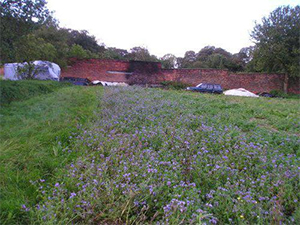
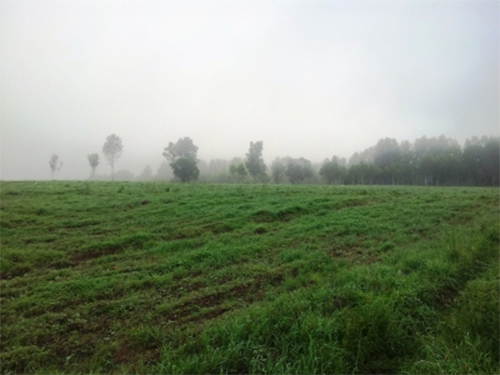
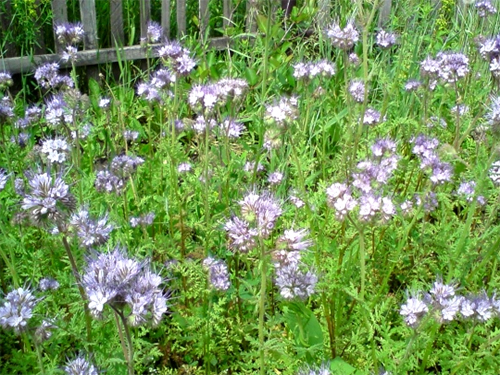
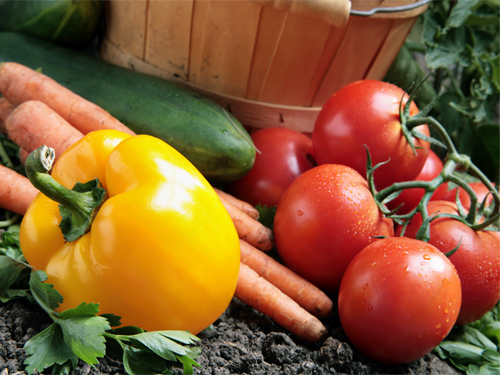
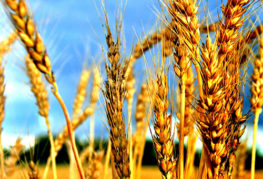
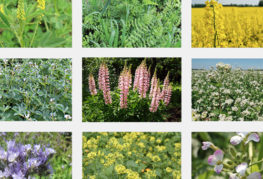
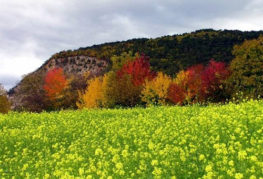
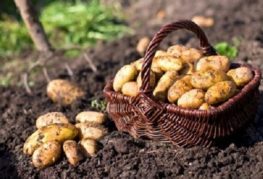
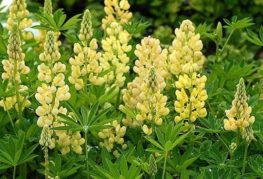
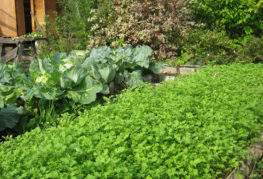
and will be published shortly.